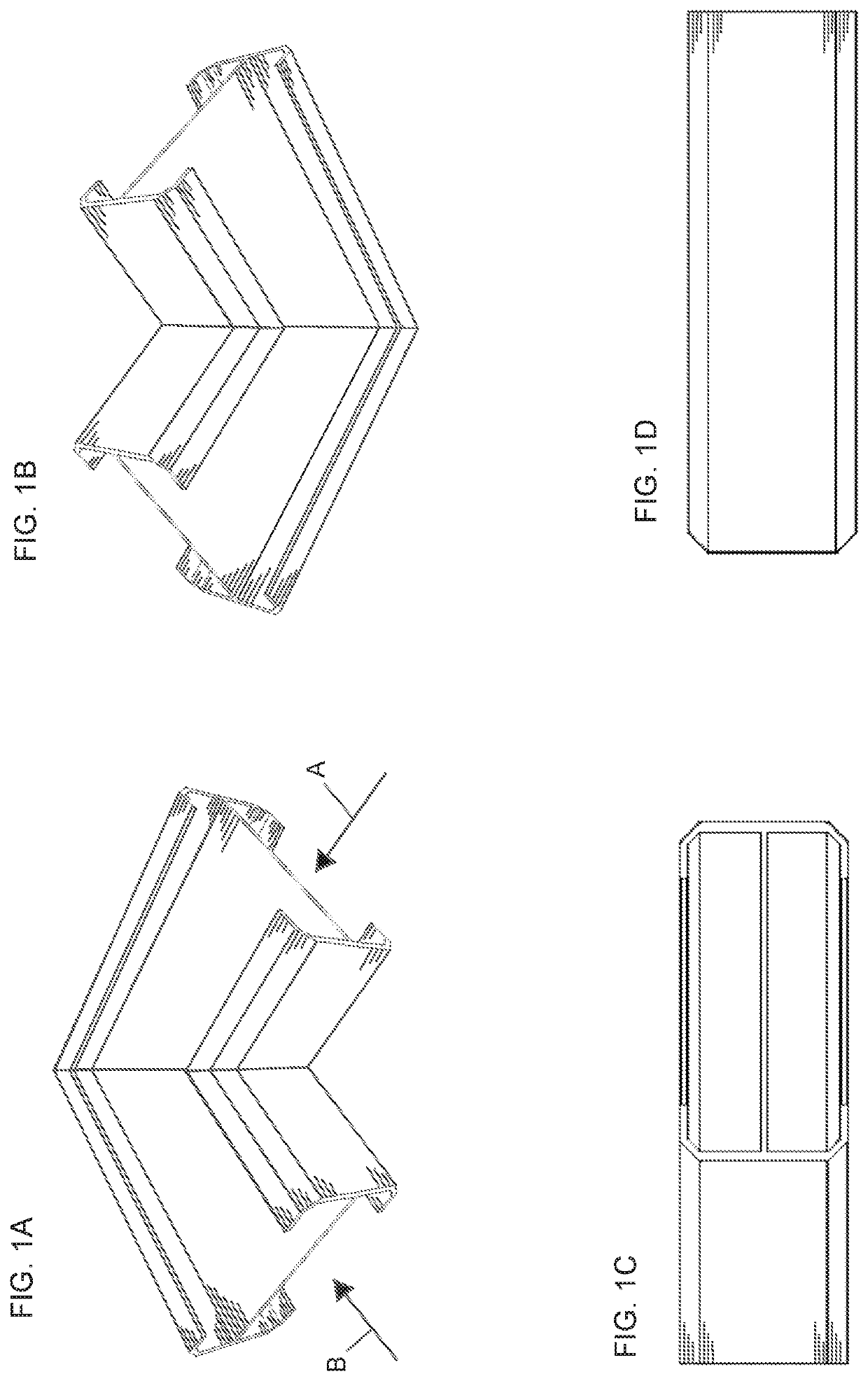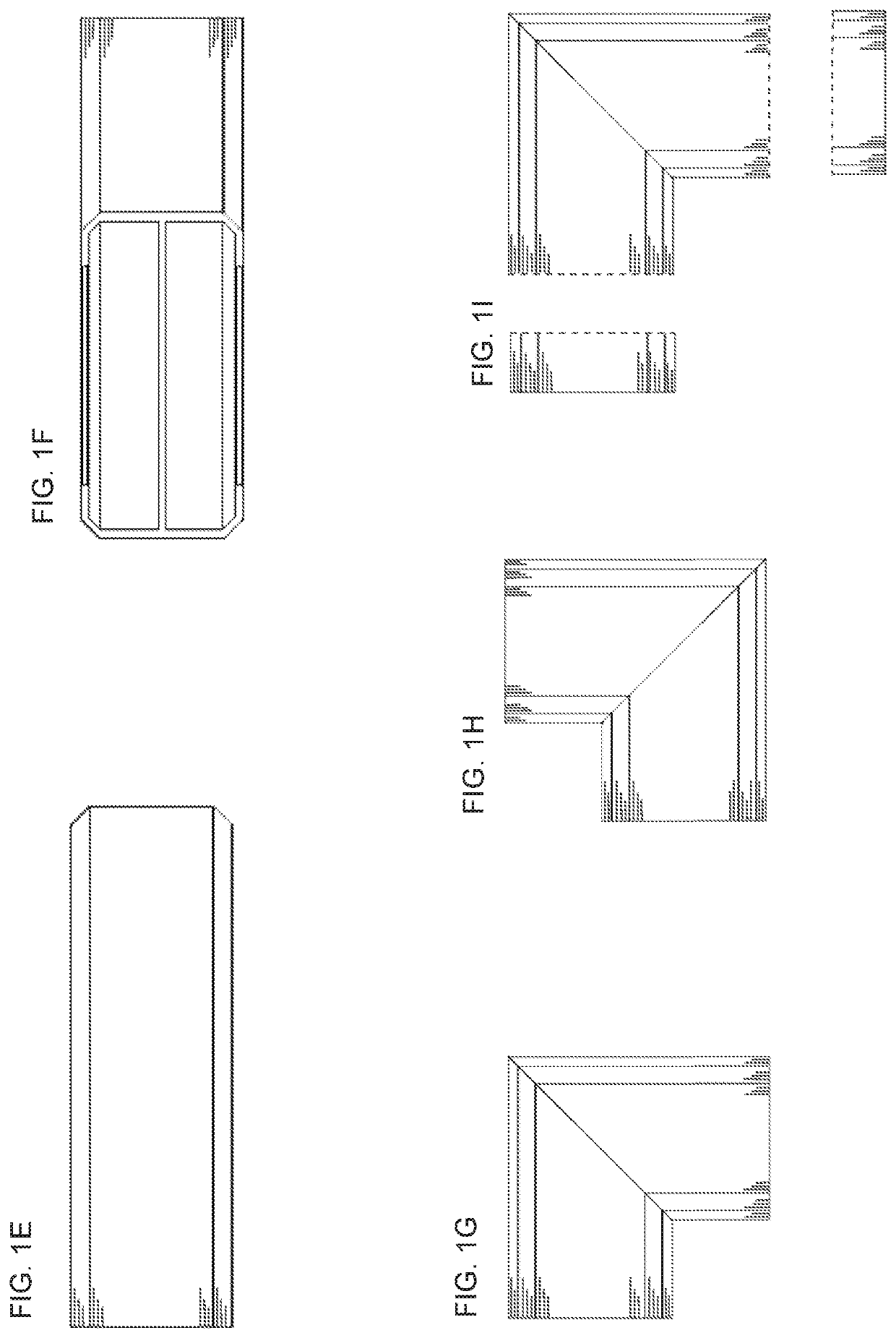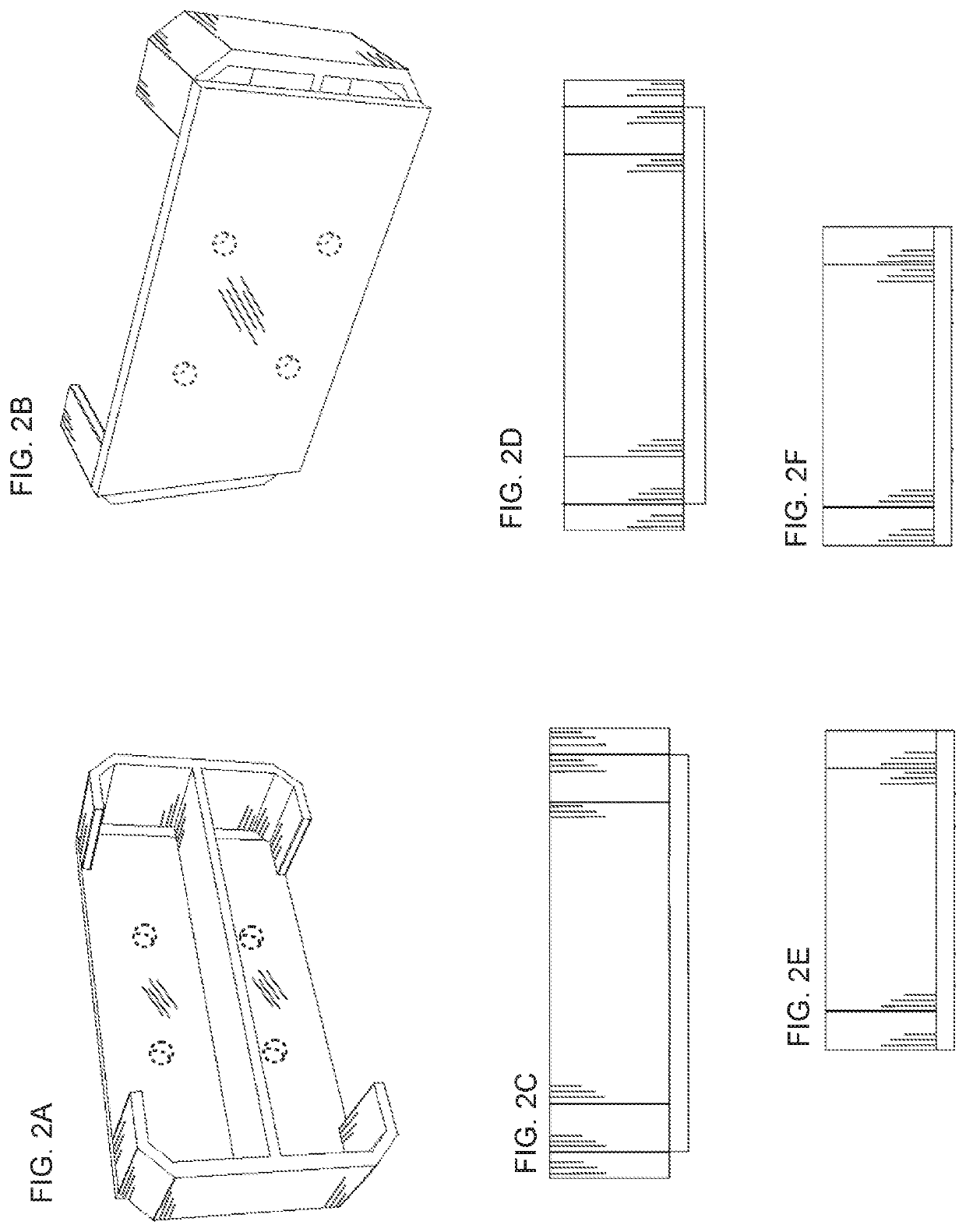System and method having an improved beam and beam coupling system
- Summary
- Abstract
- Description
- Claims
- Application Information
AI Technical Summary
Benefits of technology
Problems solved by technology
Method used
Image
Examples
Embodiment Construction
[0131]Referring now to FIGS. 1A-12I, a system and method for constructing a structure 10 is shown. In the illustration being described, the structure 10 defines at least one of a lanai, screen enclosure, carport, walkway cover or other outdoor or indoor framed structure. In the illustration being described, the structure 10 is a lanai frame 12 that supports a mesh screen 14 of the type conventionally known. The structure 10 is a lanai that is attached to a building 16, such as a house, office or other structure, as illustrated in FIGS. 1A-1C. One significant advantage of the structure 10 is that it reduces or eliminates a number of vertical and horizontal beams that were traditionally required in the past so that it provides relatively large viewing areas VA that are unobstructed by beam structure. Of course, the structure 10 also requires fewer beams. Consequently, the structure 10 is less expensive than comparable wide view systems of the past. This is advantageous, for example, w...
PUM
 Login to View More
Login to View More Abstract
Description
Claims
Application Information
 Login to View More
Login to View More - R&D
- Intellectual Property
- Life Sciences
- Materials
- Tech Scout
- Unparalleled Data Quality
- Higher Quality Content
- 60% Fewer Hallucinations
Browse by: Latest US Patents, China's latest patents, Technical Efficacy Thesaurus, Application Domain, Technology Topic, Popular Technical Reports.
© 2025 PatSnap. All rights reserved.Legal|Privacy policy|Modern Slavery Act Transparency Statement|Sitemap|About US| Contact US: help@patsnap.com



